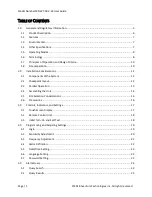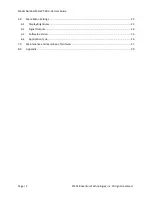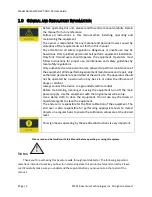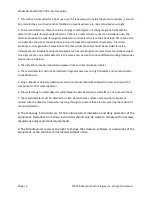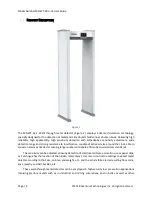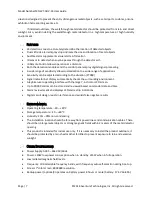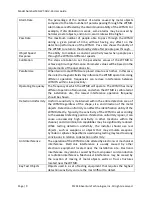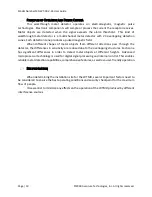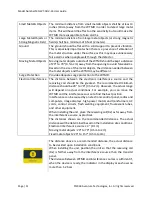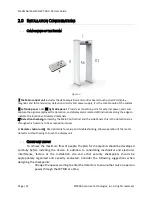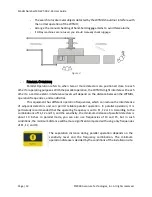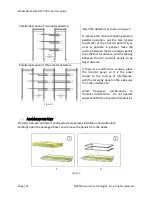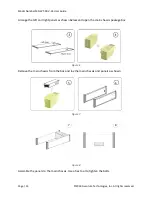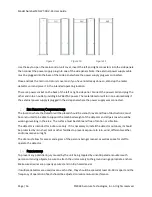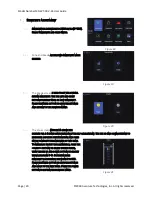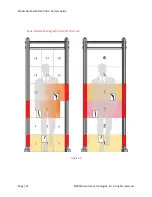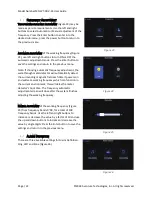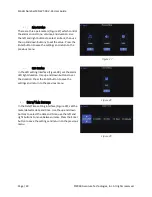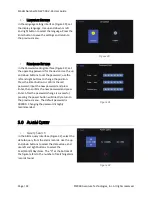
Model Number MD-WT-ADV-24 User Guide
Page | 9 ©2018 Aventura Technologies, Inc. All rights reserved.
Alarm Rate
The percentage of the number of alarms caused by metal objects
compared to the total number of persons passing through the WTMD.
Alarm rates are affected by the discrimination ability of the WTMD. For
example, if discrimination is weak, some alarms may be caused by
harmless metal objects, and in turn, alarm rates will be higher.
Pass Rate
The maximum number of people able to pass through the WTMD
during a given period of time, without having any effect on the
detection performance of the WTMD. Pass rate shows the ability of
the WTMD to return to the standby state after people pass through.
Object Speed
Response
The ability to maintain a constant sensitivity level when people pass
through the WTMD at different speeds.
Calibration
The steps are taken to set the parameter values of the WTMD to
achieve optimum performance. Parameter values will be based on the
requirements of the operation site.
Parallel Use
When two or more WTMDs are placed close to each other. In this case,
their electromagnetic fields may influence the WTMD operation. Using
different operation frequencies can reduce interference between
WTMD’s within close proximity.
Operating Frequency The frequency at which the WTMD will operate. The WTMD has many
different operation frequencies, and when the WTMD is calibrated at
the installation site, the lowest interference operation frequency
should be chosen.
Detection Uniformity Uniform sensitivity is maintained within the entire detection area of
the WTMD regardless of the shape, size, and direction of the metal
objects. Detection uniformity can affect the identification ability of the
WTMD directly. Typically, the sensitivity of the WTMD is set according
to the weakest detecting position. If detection uniformity is poor, it can
cause unnecessarily high sensitivity in other locations within the
channel, and discrimination capabilities may be significantly reduced.
While testing detection uniformity, the installer should use real
objects, such as weapons or objects that may simulate weapons.
Cylinder or sphere shaped items used during testing may lead to wrong
conclusions in relation to detection uniformity.
Anti-Interference
The operation of the WTMD can be altered by electronic or mechanical
interference. Electronic interference is usually caused by other
electronic equipment located near the installation site. Electronic
interference may also be caused by the main power cord conduction
or radiation interference. Mechanical interference may be caused by
the reaction of moving of metal objects, walls or floor structures
located near the WTMD.
Key Test Objects
Objects used in a set of testing equipment that requires the highest
detection sensitivity and are the most difficult to detect.


